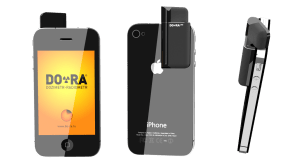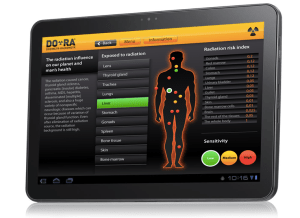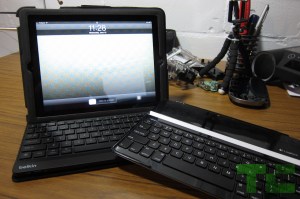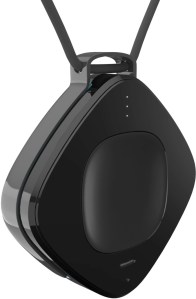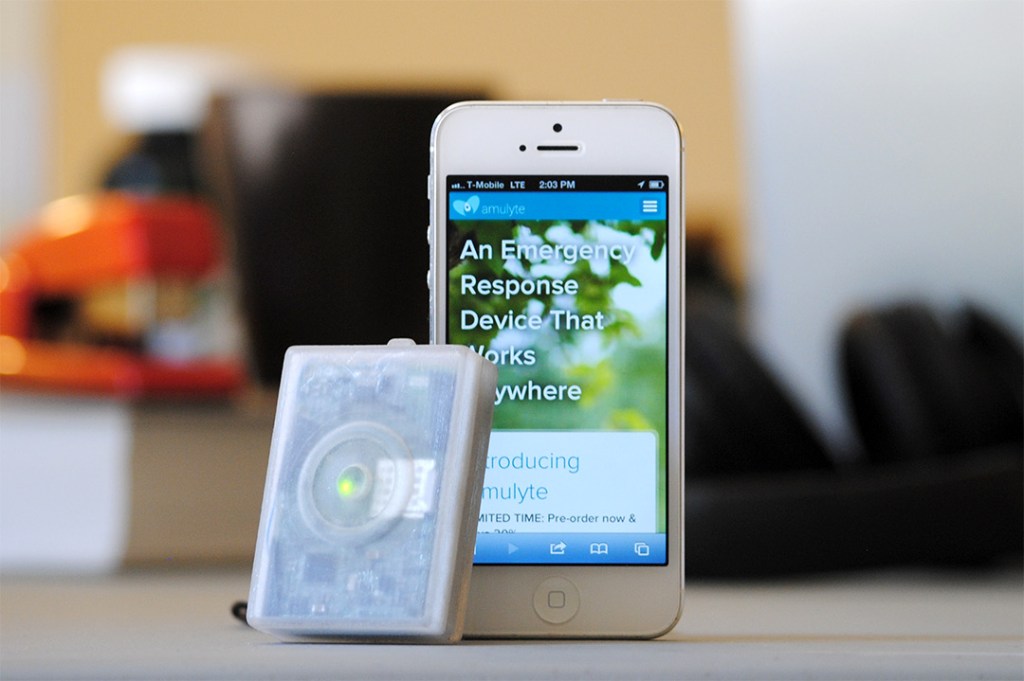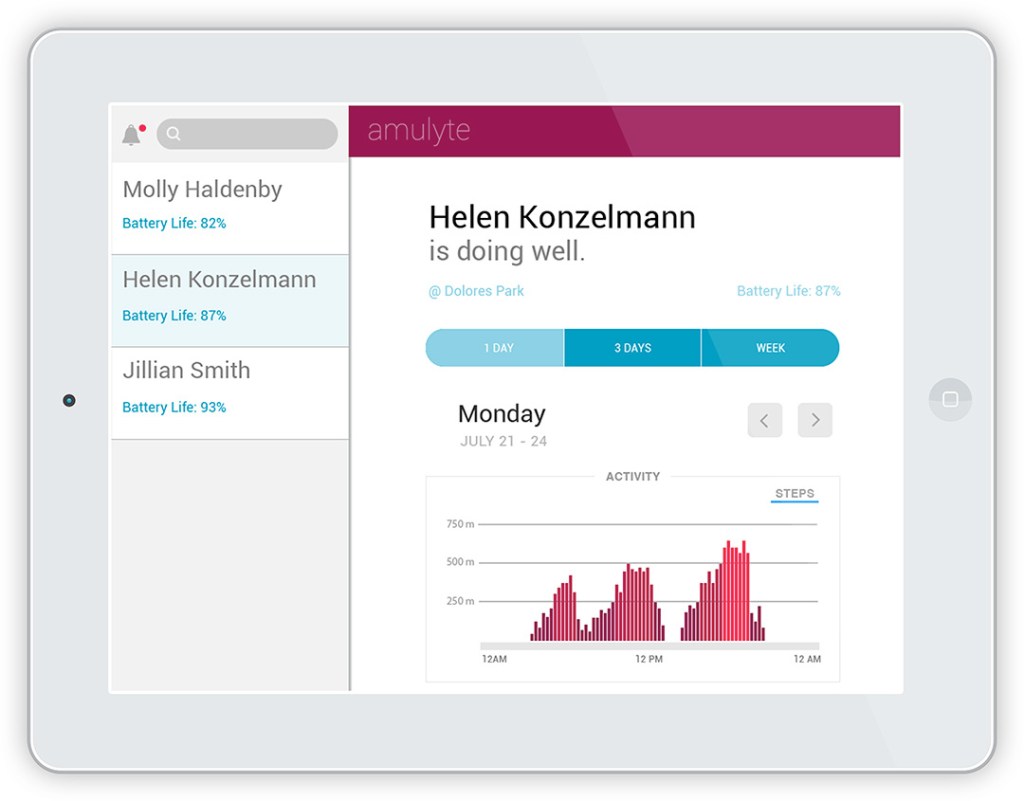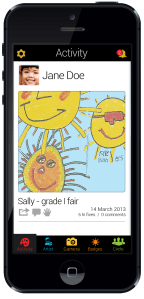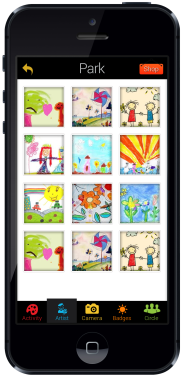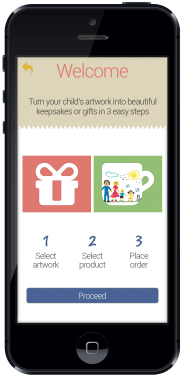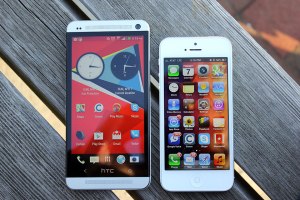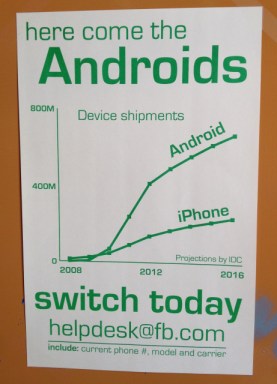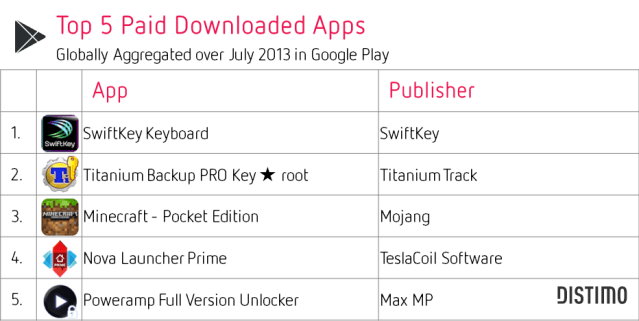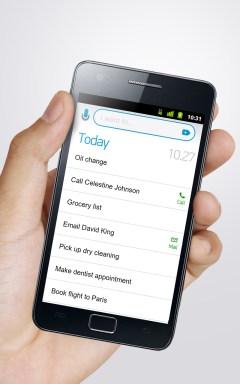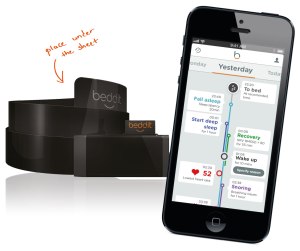While rumors suggest that Apple may launch a cheaper, plastic iPhone and a smartwatch for the first time, a new report reveals another potential first for the iPhone family. The next flagship iPhone, reportedly dubbed the iPhone 5S, may come in a 128GB variant, according to Ming-Chi Kuo of KGI Securities, who is known for his Apple predictions. Apple Insider went on to report this is the same addition Apple offered for its fourth generation iPad back in February. Apple’s current line of iPhones are available in 16GB, 32GB and 64GB variants.
MORE: Best Smartphones 2013
There’s no telling if Apple will actually launch a 128GB iPhone, but the rumor comes just as reports have suggested the iPhone 5S will see some notable camera improvements. The next-generation iPhone 5S is rumored to come with a 12-megapixel camera and a new video recording option that lets users shoot footage in slow motion. If this holds up to be true, Apple could be offering up more storage space in anticipation of increased camera usage with its next iPhone.
Apple would be one of the few smartphone vendors to offer 128GB of built-in storage, if the analyst’s predictions prove accurate. Nearly one year ago in September Samsung began mass producing 128GB NAND storage chips for smartphones, although we haven’t seen such devices hit the market yet.
The bump in storage capacity is just one of the many rumors surrounding Apple’s purported iPhone 5S. The device is also believed to be available in a new gold champagne color according to Kuo, and may come with a fingerprint scanner and new Apple A7 processor. The Cupertino, Calif.-based company is expected to lay these rumors to rest at a press event on Sept. 10, so we may have to wait until next month to know exactly what Apple has in its pipeline.
MORE: Best Smartphones 2013
There’s no telling if Apple will actually launch a 128GB iPhone, but the rumor comes just as reports have suggested the iPhone 5S will see some notable camera improvements. The next-generation iPhone 5S is rumored to come with a 12-megapixel camera and a new video recording option that lets users shoot footage in slow motion. If this holds up to be true, Apple could be offering up more storage space in anticipation of increased camera usage with its next iPhone.
Apple would be one of the few smartphone vendors to offer 128GB of built-in storage, if the analyst’s predictions prove accurate. Nearly one year ago in September Samsung began mass producing 128GB NAND storage chips for smartphones, although we haven’t seen such devices hit the market yet.
The bump in storage capacity is just one of the many rumors surrounding Apple’s purported iPhone 5S. The device is also believed to be available in a new gold champagne color according to Kuo, and may come with a fingerprint scanner and new Apple A7 processor. The Cupertino, Calif.-based company is expected to lay these rumors to rest at a press event on Sept. 10, so we may have to wait until next month to know exactly what Apple has in its pipeline.















